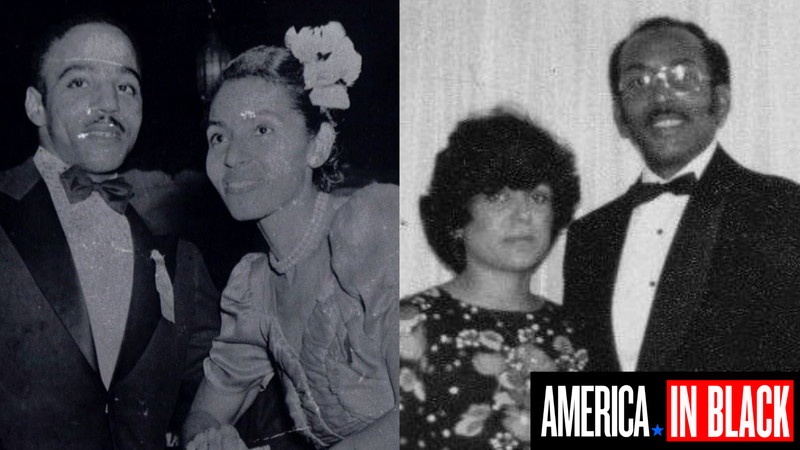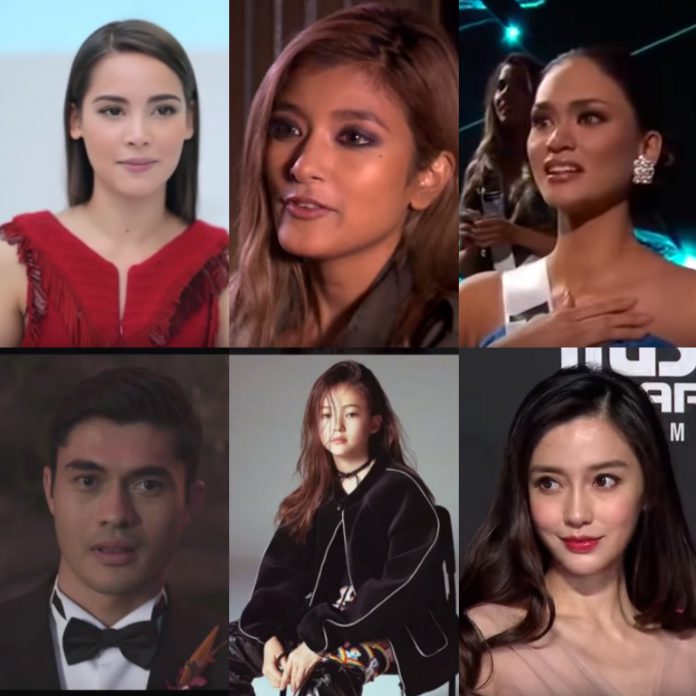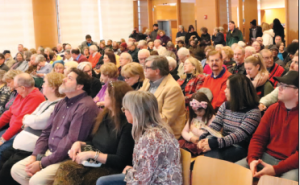People of Mixed Ancestry in the Seventeenth-Century Chesapeake: Freedom, Bondage, and the Rise of Hypodescent IdeologyPosted in Articles, History, Law, Media Archive, Native Americans/First Nation, Slavery, United States, Virginia on 2019-02-26 01:58Z by Steven |
Journal of Social History
Volume 52, Number 3, Spring 2019
pages 593-618
DOI: 10.1093/jsh/shx113
A. B. Wilkinson, Assistant Professor of History
University of Nevada, Las Vegas
This article examines the origins of mixed-race ideologies and people of mixed African, European, and Native American ancestry—commonly identified as mulattoes—in the seventeenth-century English colonial Chesapeake and wider Atlantic world. Arguably, for the better part of the century, English colonial societies in the Chesapeake resembled Latin America and other Atlantic island colonies in allowing a relatively flexible social hierarchy, in which certain mixed-heritage people benefitted from their European lineage. Chesapeake authorities began to slowly set their provinces apart from their English colonial counterparts in the 1660s, when they enacted laws to deter intimate intermixture between Europeans and other ethnoracial groups and set policies that punished mixed-heritage children. Colonial officials attempted to use the legal system to restrict people of mixed ancestry, Africans, and Native Americans in bondage. These efforts supported the ideology of hypodescent, where children of mixed lineage are relegated more closely to the position of their socially inferior parentage. However, from the 1660s through the 1680s, these laws were unevenly enforced, and mixture increased with the growth of African slaves imported into the region. While many mulattoes were enslaved during this period, others were able to rely on their European heritage or racial whiteness. This allowed them to gain or maintain freedom for themselves and their families, before Virginia and Maryland institutionalized greater restrictions in the 1690s.
Read or purchase the article here.





